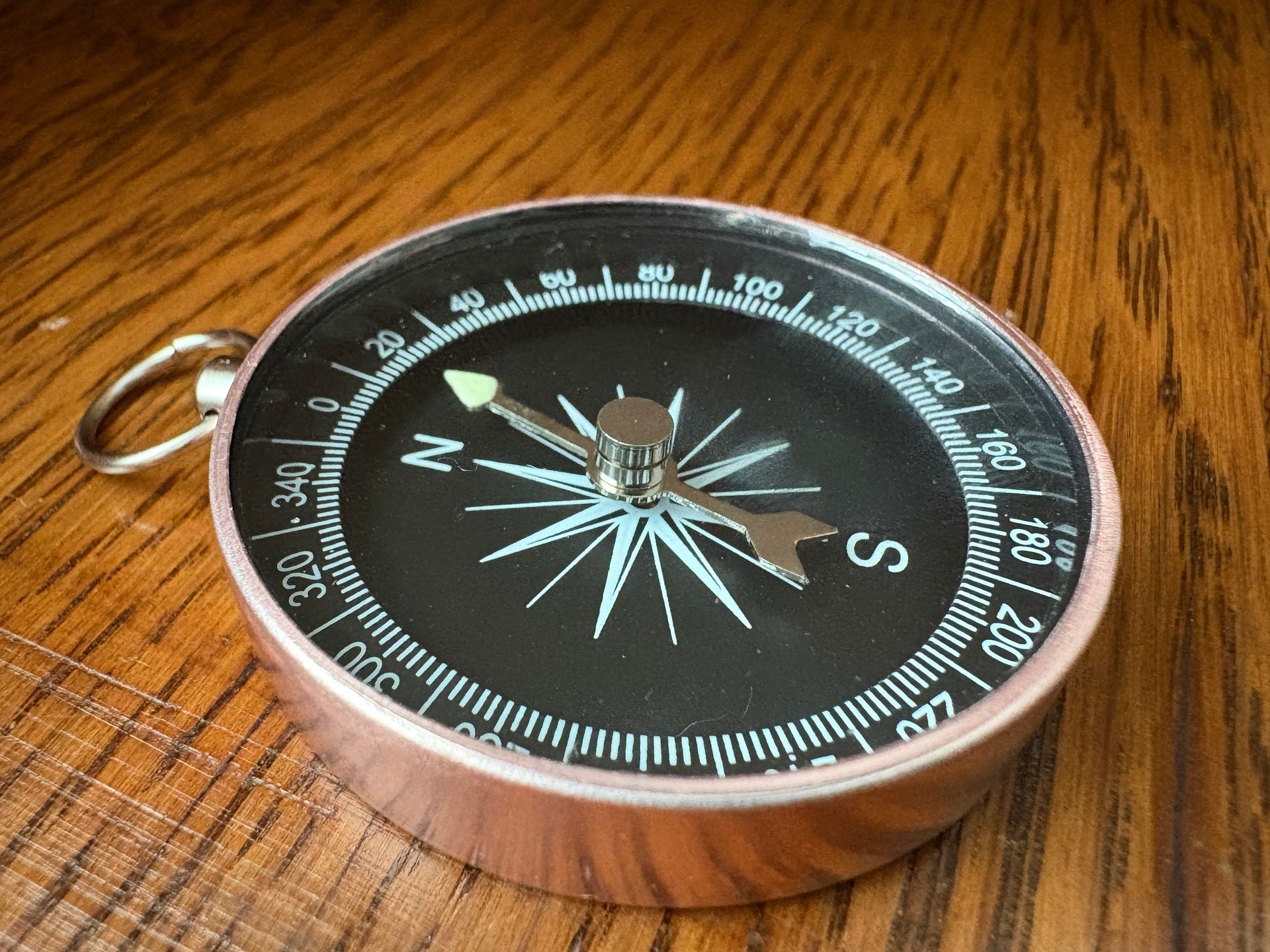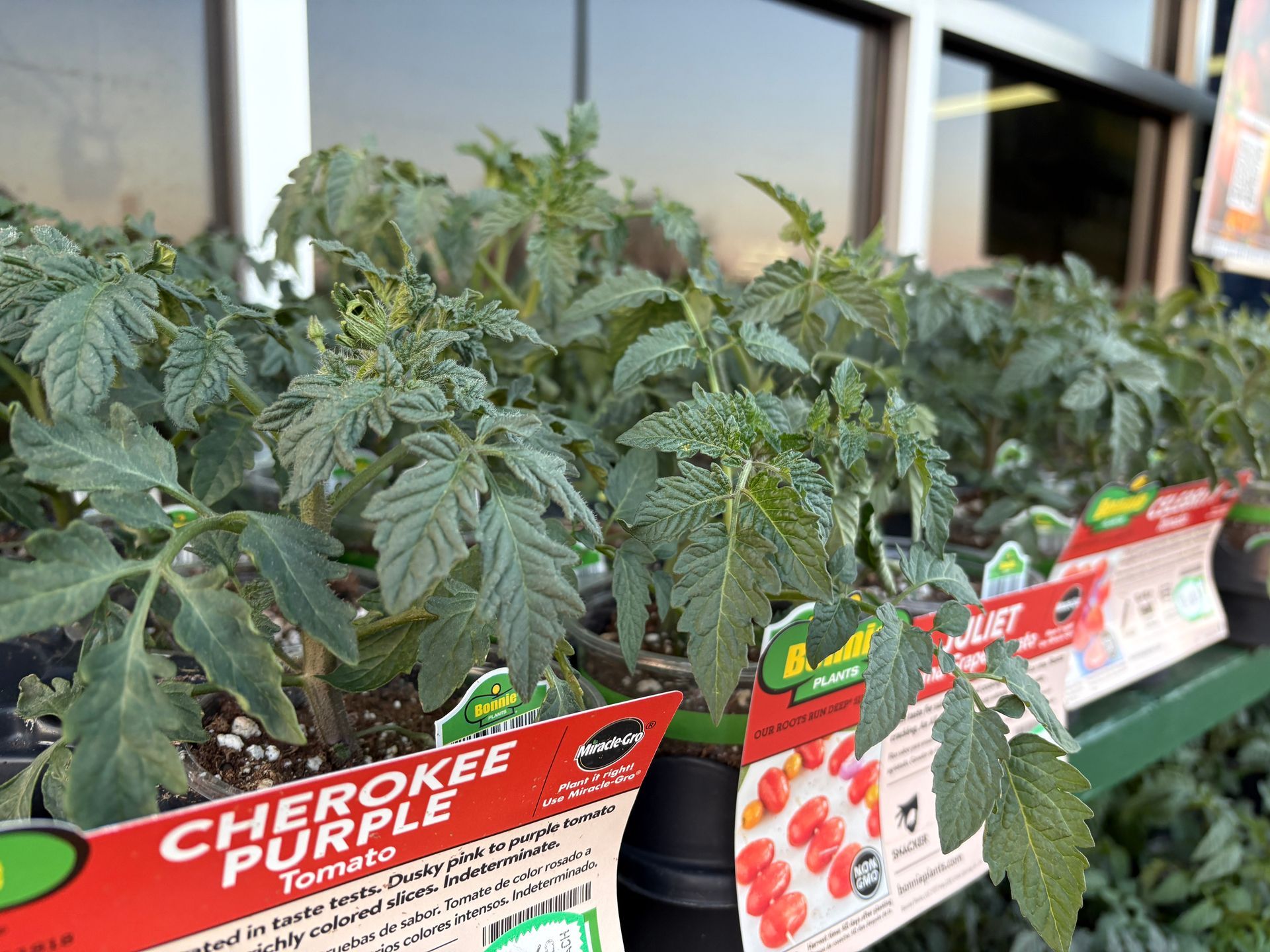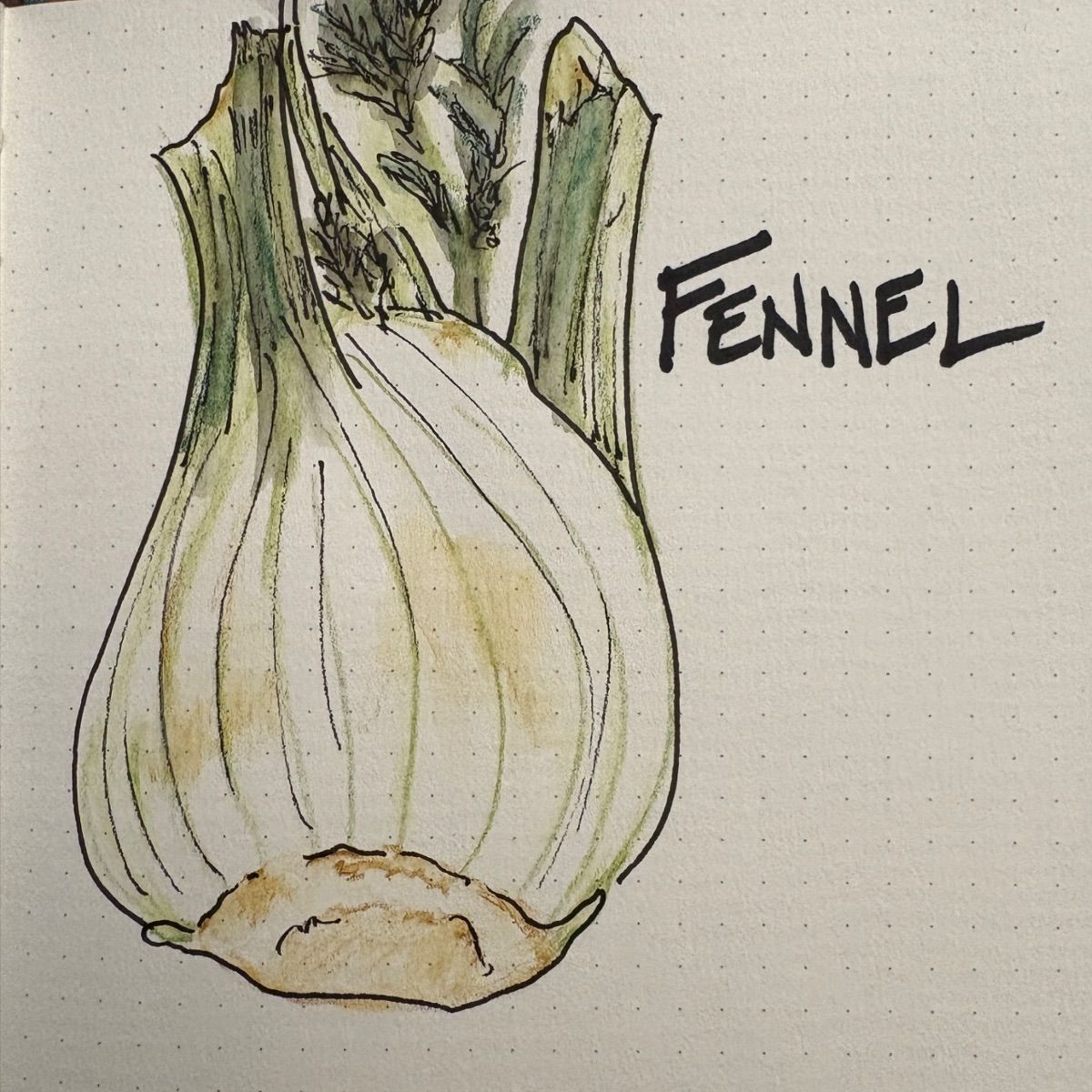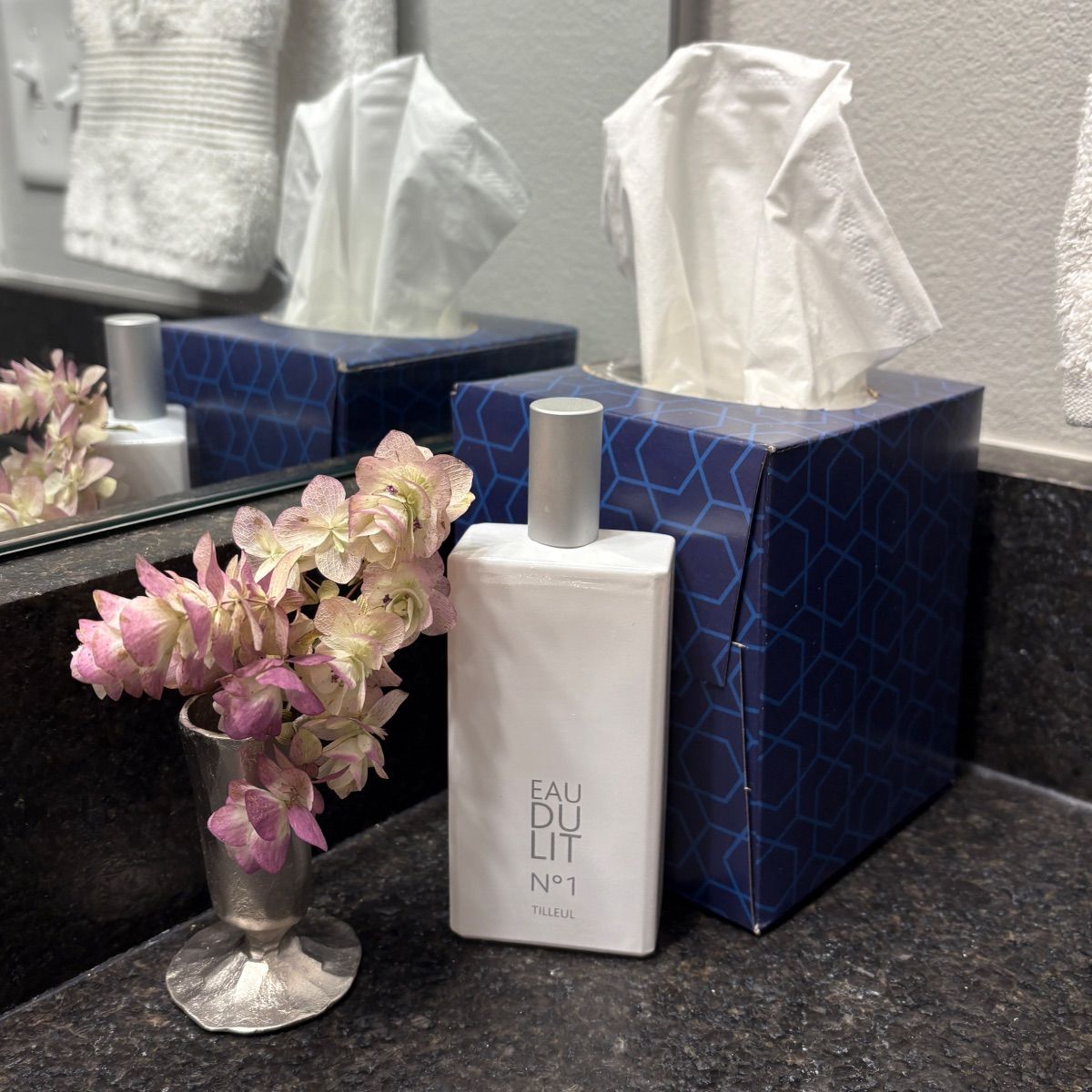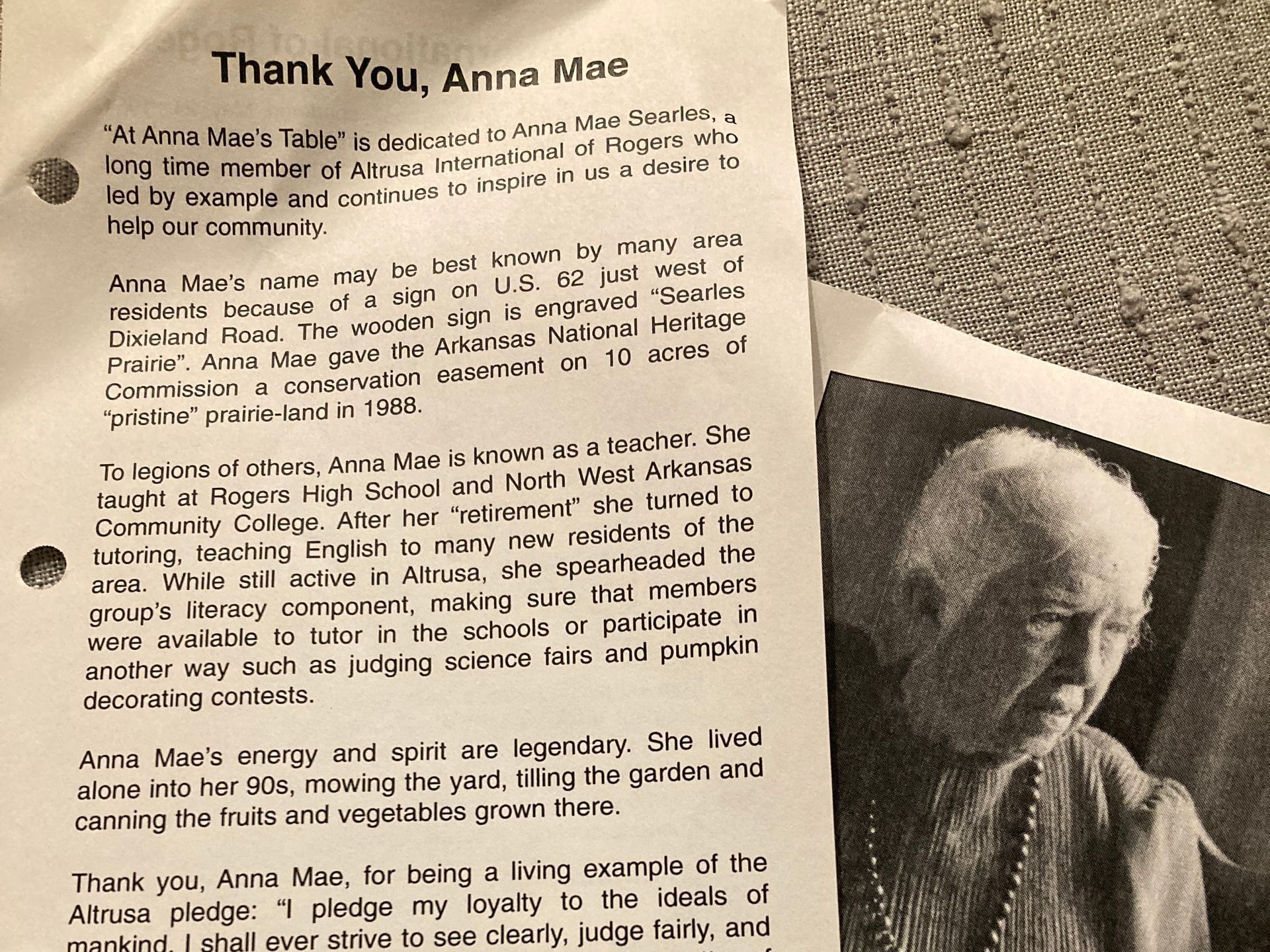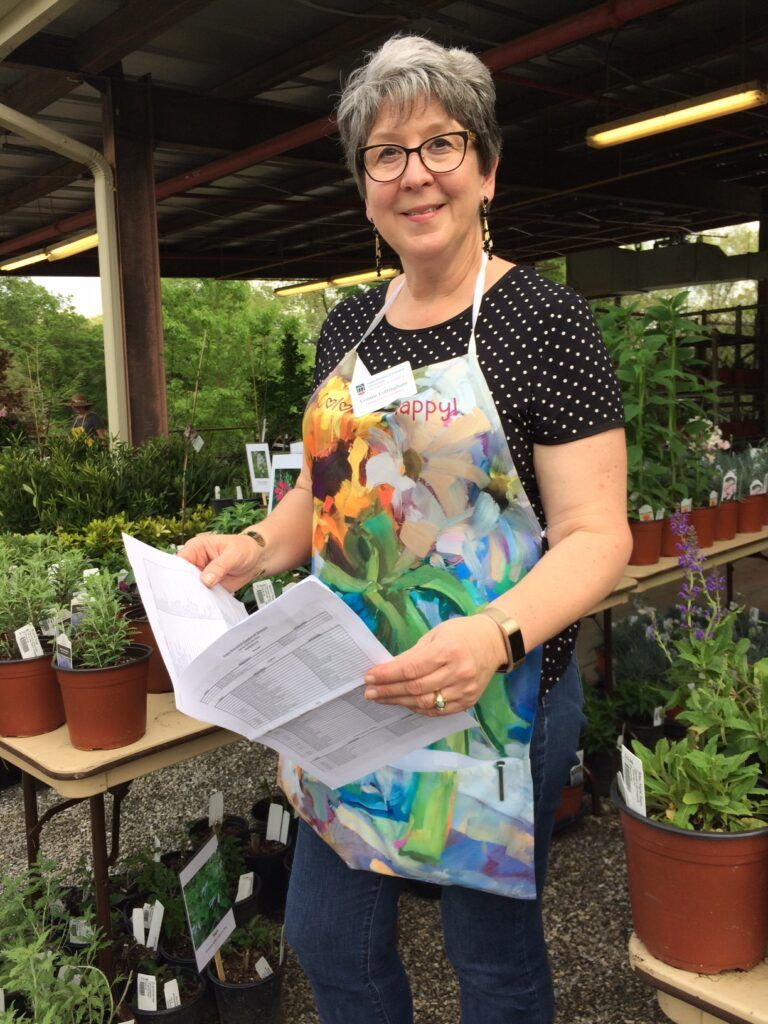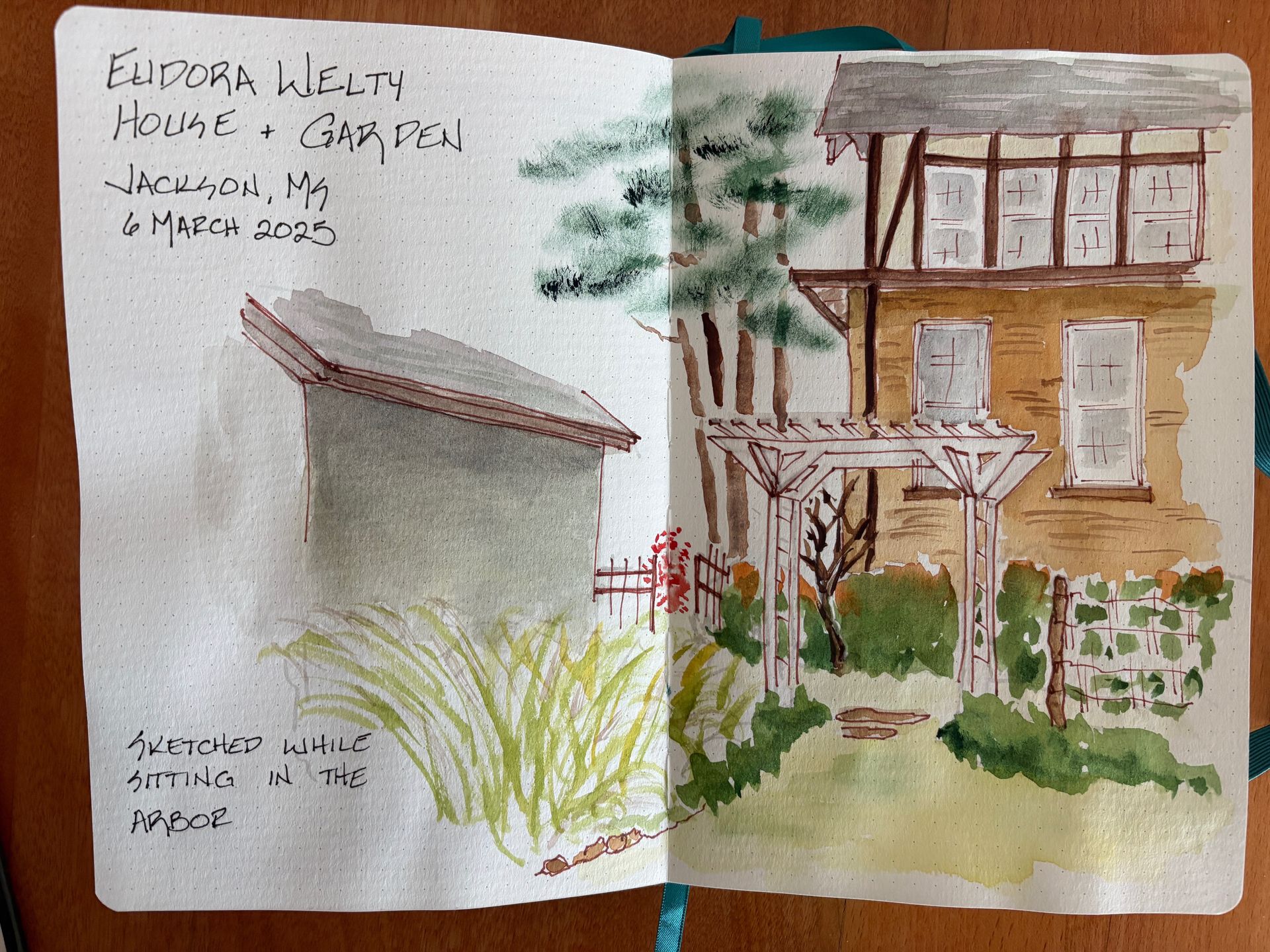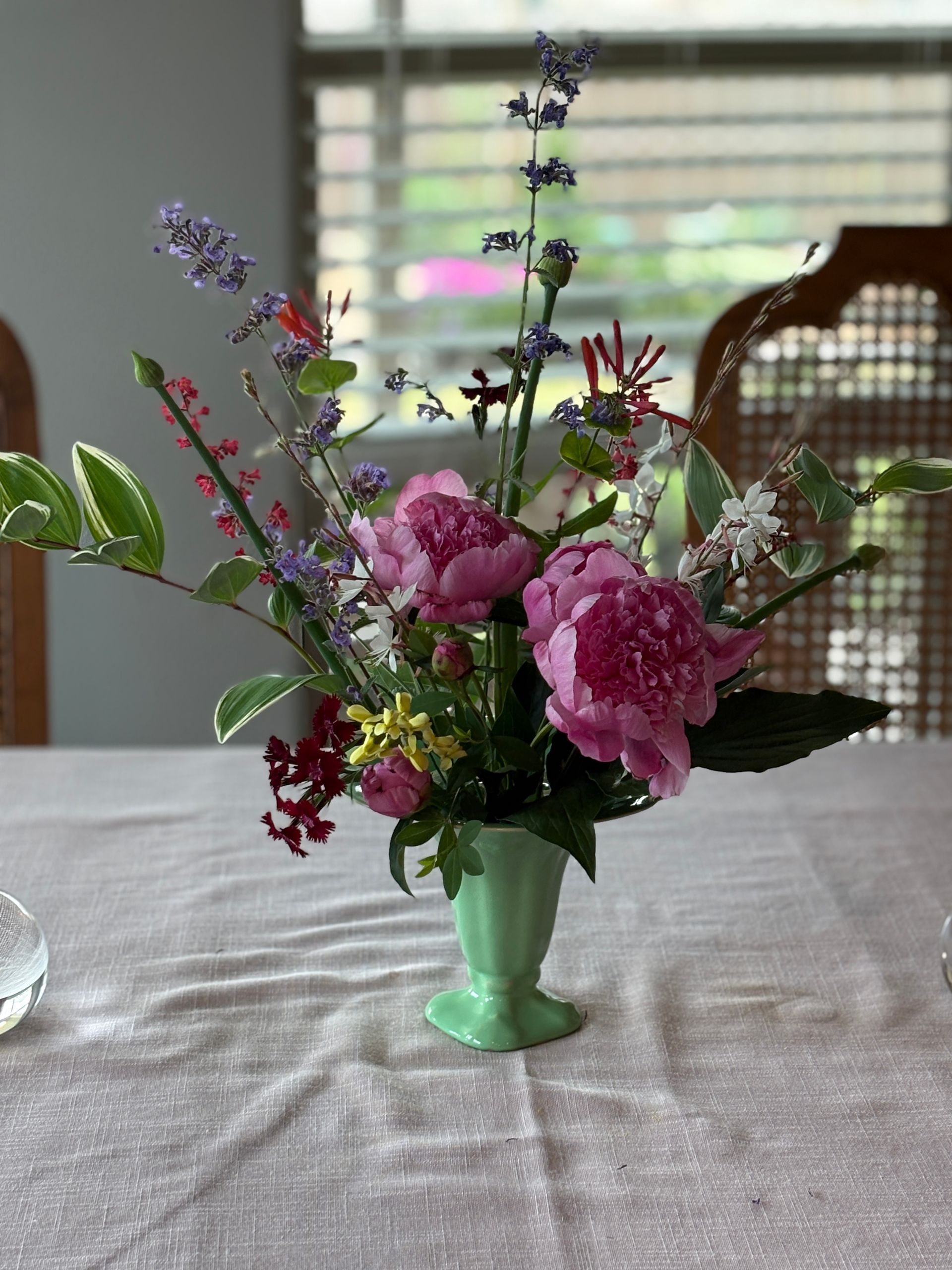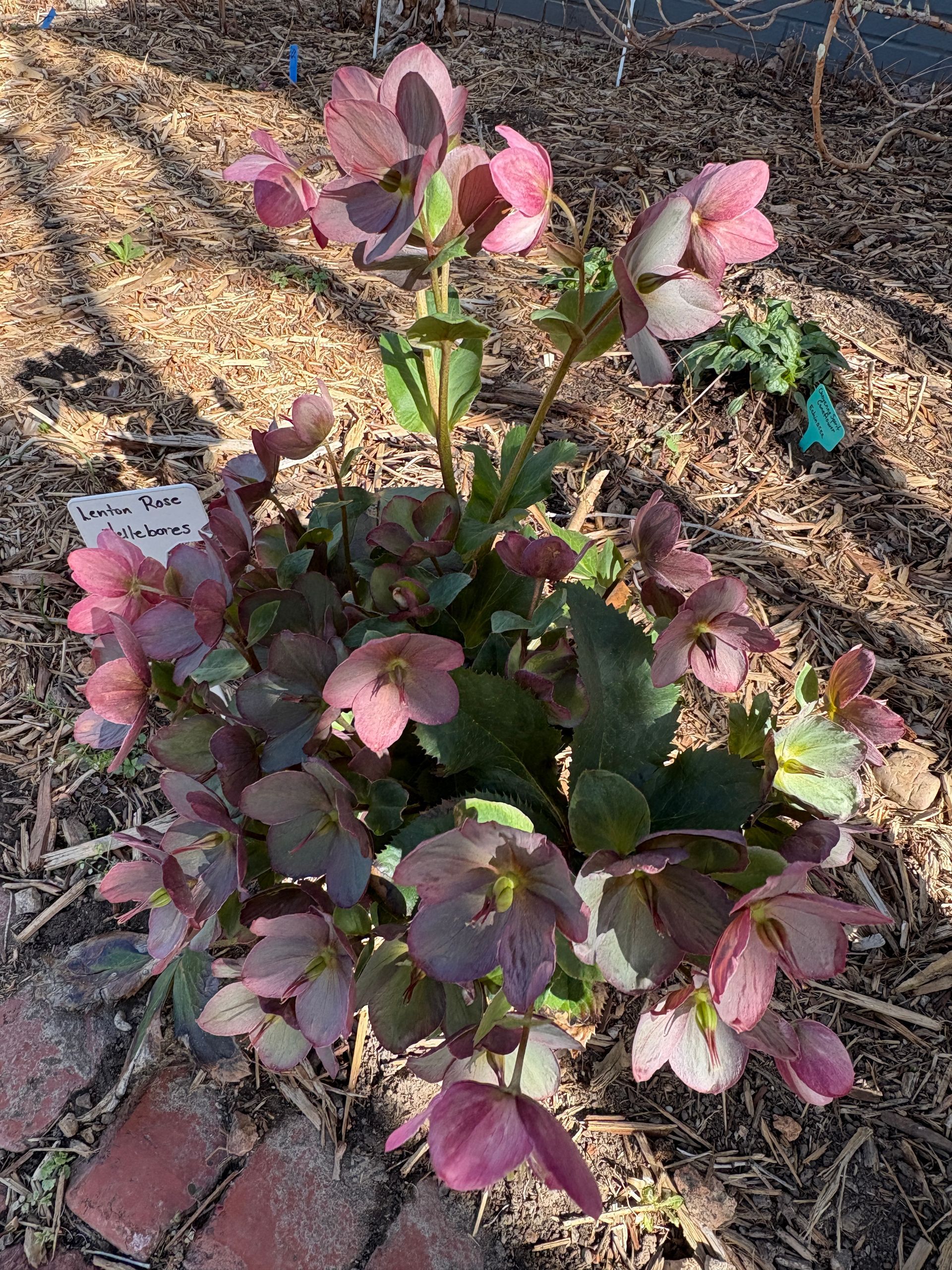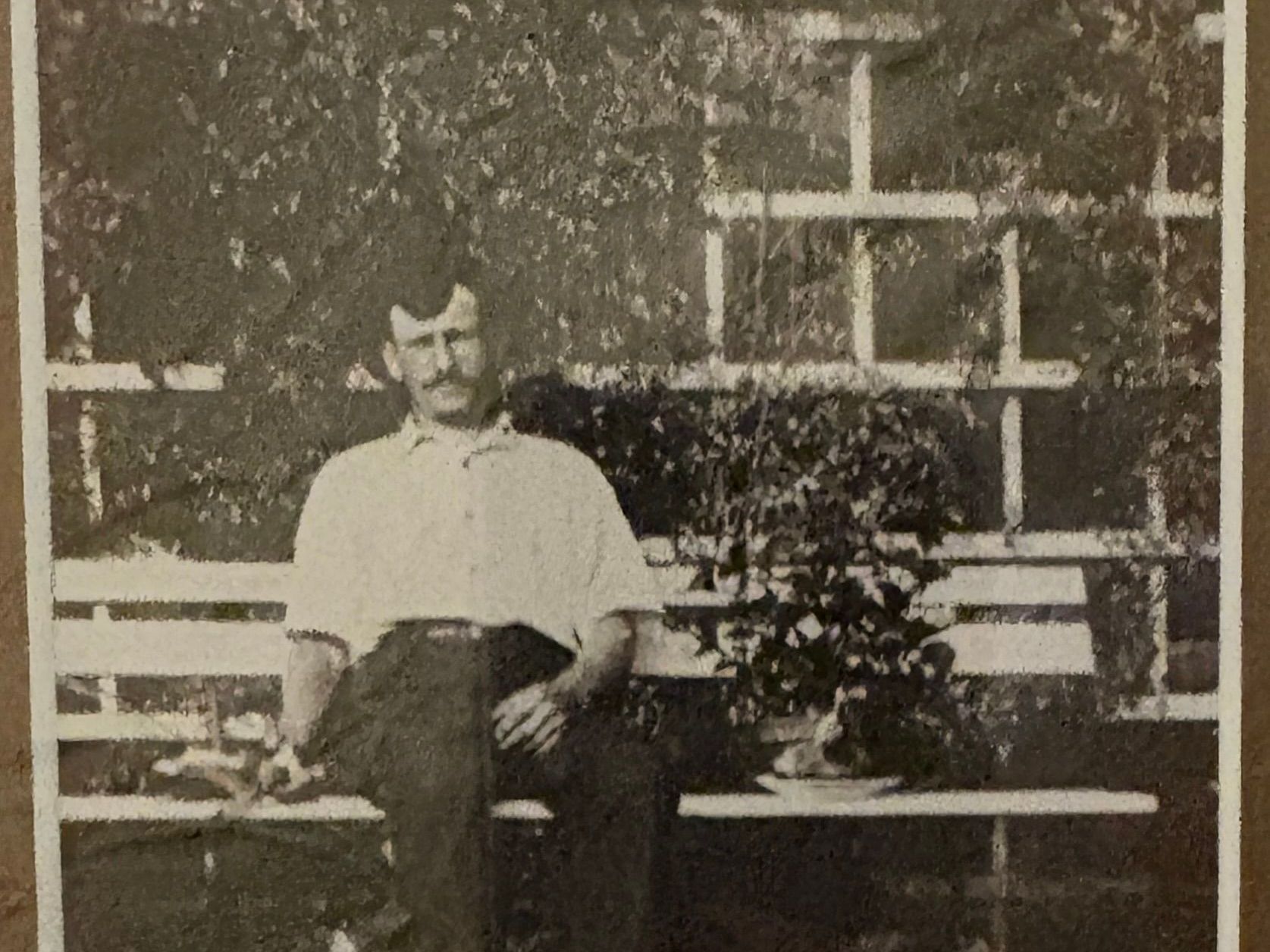How to shop a plant sale. This works for buying plants at local nurseries too.
With a little thought and preparation you will come home with the best plants for your garden.
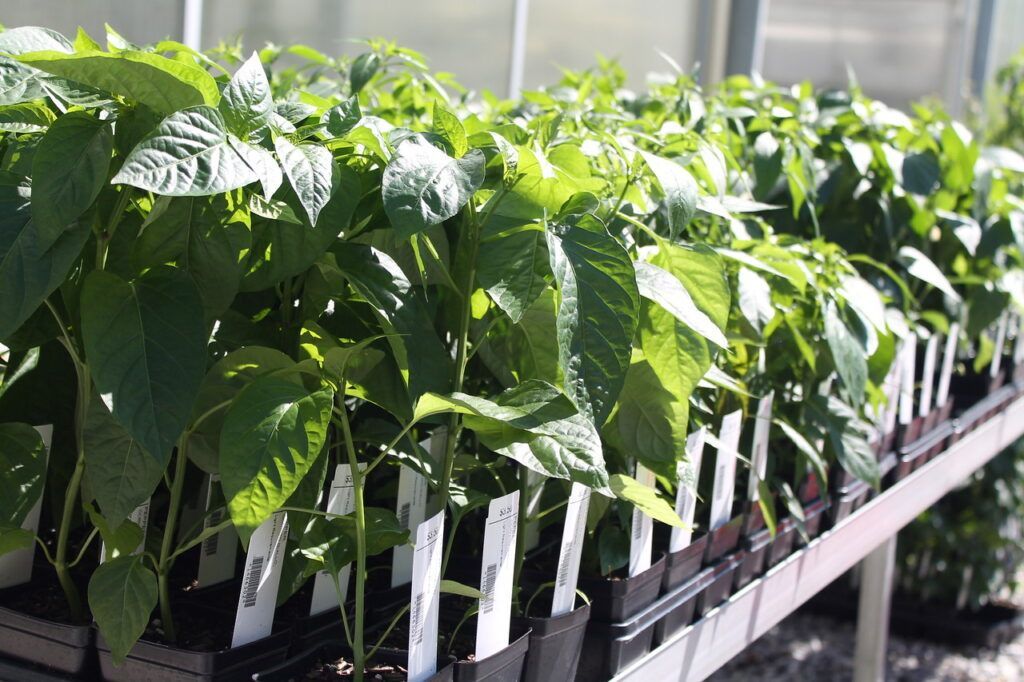
1. Know where you need plants. This helps you target one area of a sale instead of distracted wandering (blooming plants are like puppy videos – totally hijacking your focus).
2. Research the plant sale. Some sales post an online list of plants that will be sold. Others may include garden décor or a local artist’s work. Some have a sale within a sale with another group, often a native plant sale. You also can confirm location, hours and parking online.
3. Pack the car the night before : a tarp or plastic to protect the car, a hat to protect you, an umbrella because you will not be daunted by rain, a trug or wagon to help you carry plants, water and an energy bar, wet wipes, small plant book or a charged smartphone for reference, portable charger so nothing stops your research, wish list, notebook. I bring cash and checks too, in case there is a problem with the credit card machines.
4. Bring photos. Many plant sales have horticulturists, Master Gardeners, or seasoned gardeners who are generous with their knowledge. What a bonus! Help them to help you by noting all of the characteristics of an area you are shopping for (is it shady and when, is there a tree nearby, how dry, what plants are thriving there…?). A picture is truly worth a thousand words, so bring a few photos to help explain.
5. While you are reviewing your landscape, look at the plants that were proven performers for you. Can you divide those and fill space with what you know works well? Cha-ching – you just freed up some of that garden sale budget for other plants. If one aster thrives in your garden, then add a different variety this year.
6. Grow your own produce. Tomatoes may be top of mind but can be discouraging to grow. Cherry tomatoes, figs, thornless blackberries, lettuce, and blueberries are much easier. Easiest of all and deer and drought resistant: oregano and many other herbs.
7. Buy three of the same plant that sounds great. It is so easy to grow a ‘collector’s garden’ – a gentle term for those who want to try one of everything. Three or more plants can make an impact in a landscape.
8. Do not leave the plants in the car. If you have to run an errand on the way home, shade them with an old sheet and open the windows a bit. Get them home, remember to water them, and keep the shade lovers in the shade.
9. Spray every new plant with deer repellent if there are any deer near your garden. Deer love to taste test new plants, so spray your plants, whether they stay in a container or are planted.
These tips work at local garden center too. Please do support local garden centers and plant sales this spring.

